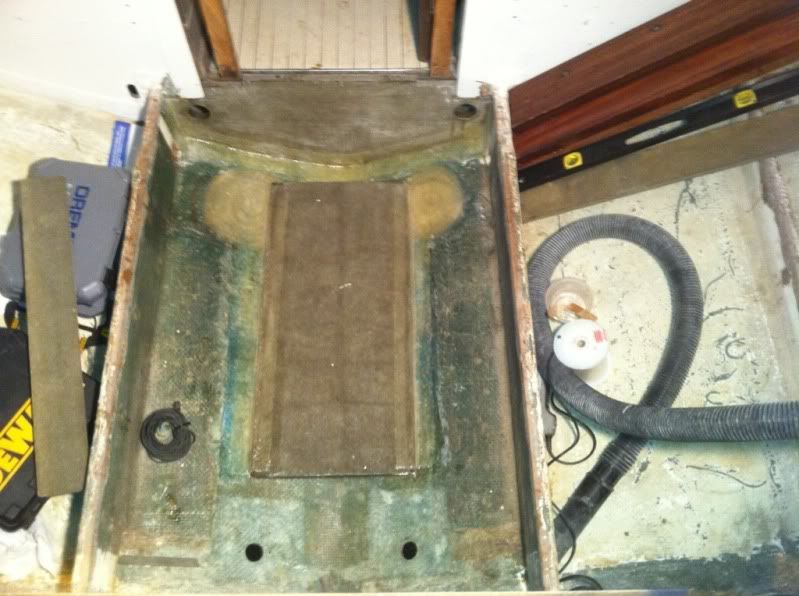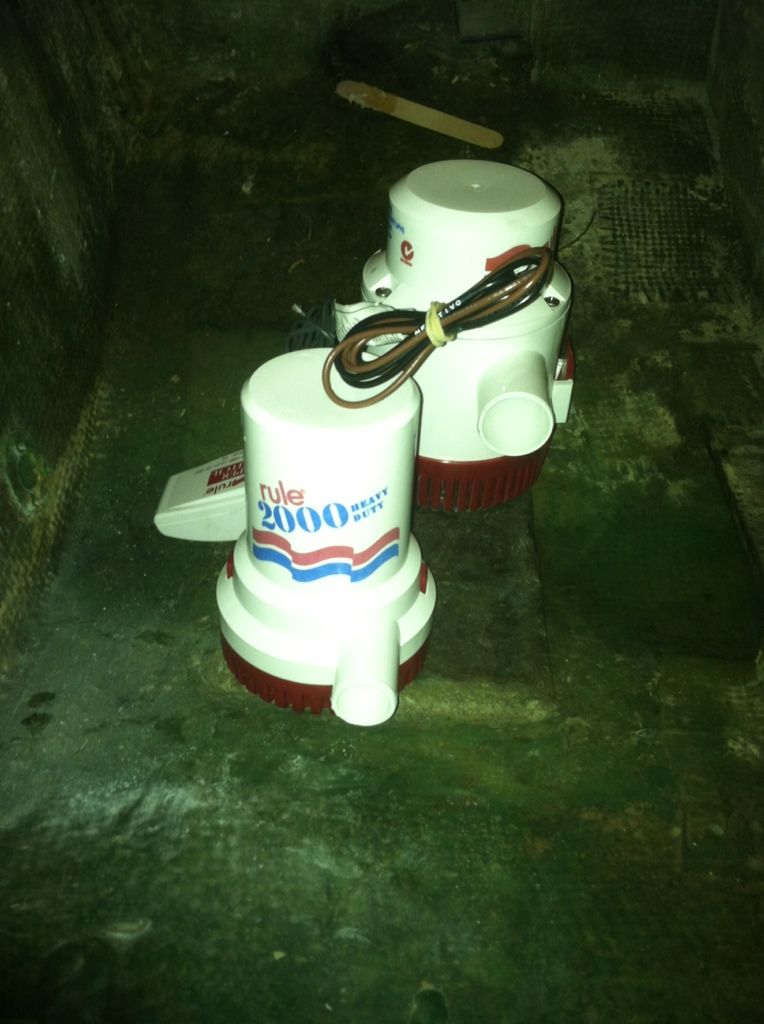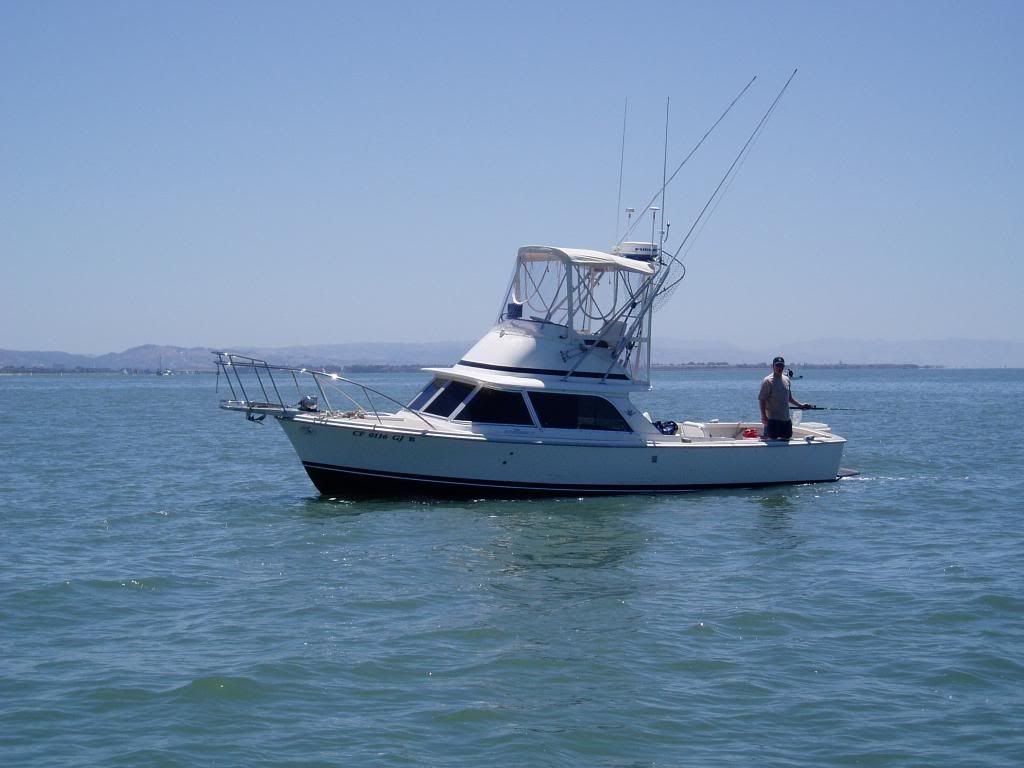
Shambala is an FBC with the port bulkhead removed like a Sportfish model. That is why there is a half bulkhead. Both bulkheads have an epoxied section and then a non-epoxied section that appears to have been added on top of that bulkhead. I'm not sure if this is the standard factory installation or not but here is what I am talking about:

At any rate, I found two areas of wood rot. The first is a relatively minor area on the seam of the top/added section of the bulkhead where it appears a window leak trickled freshwater down. I think this area can be scraped out, a 2" barrier cut around it per Capt Patrick's wood rot replacement instructiona, and then refill the area with epoxy and colloidial silica. Here is the area:

I found two additional areas of wood rot at the bottom of the bulkheads where the bulkhead meets the floor. This area:

When I pulled up the aluminum trim between the aft interior floor panel and the floor panel between the motor boxes, a much bigger problem area was revealed. This area has two mahogany pieces that sandwich the plywood bilge bulkhead. When I removed the rotten mahogany piece on the interior side, I found the top of the plywood bilge bulkhead was rotten along with a bad patch in the bulkhead to the right of the picture that reaches down to the fiberglass tabs that attach to the hull:

No question that this section of the bilge bulkhead needs to be replaced. The rot is just going to spread if I don't get it out. The good news is the settee floor is coming out tomorrow, so I will have as good access as I can get. My question is really twofold: First, can I just replace the bad bilge bulkhead section by splicing in a replacement section as opposed to ripping everything out and putting an entirely new section in? If so, what do I use to glass this into place? Does this bulkhead add stiffness to the hull or is it primarily for floor support?
Please advise.
Thanks,
John Vietor





